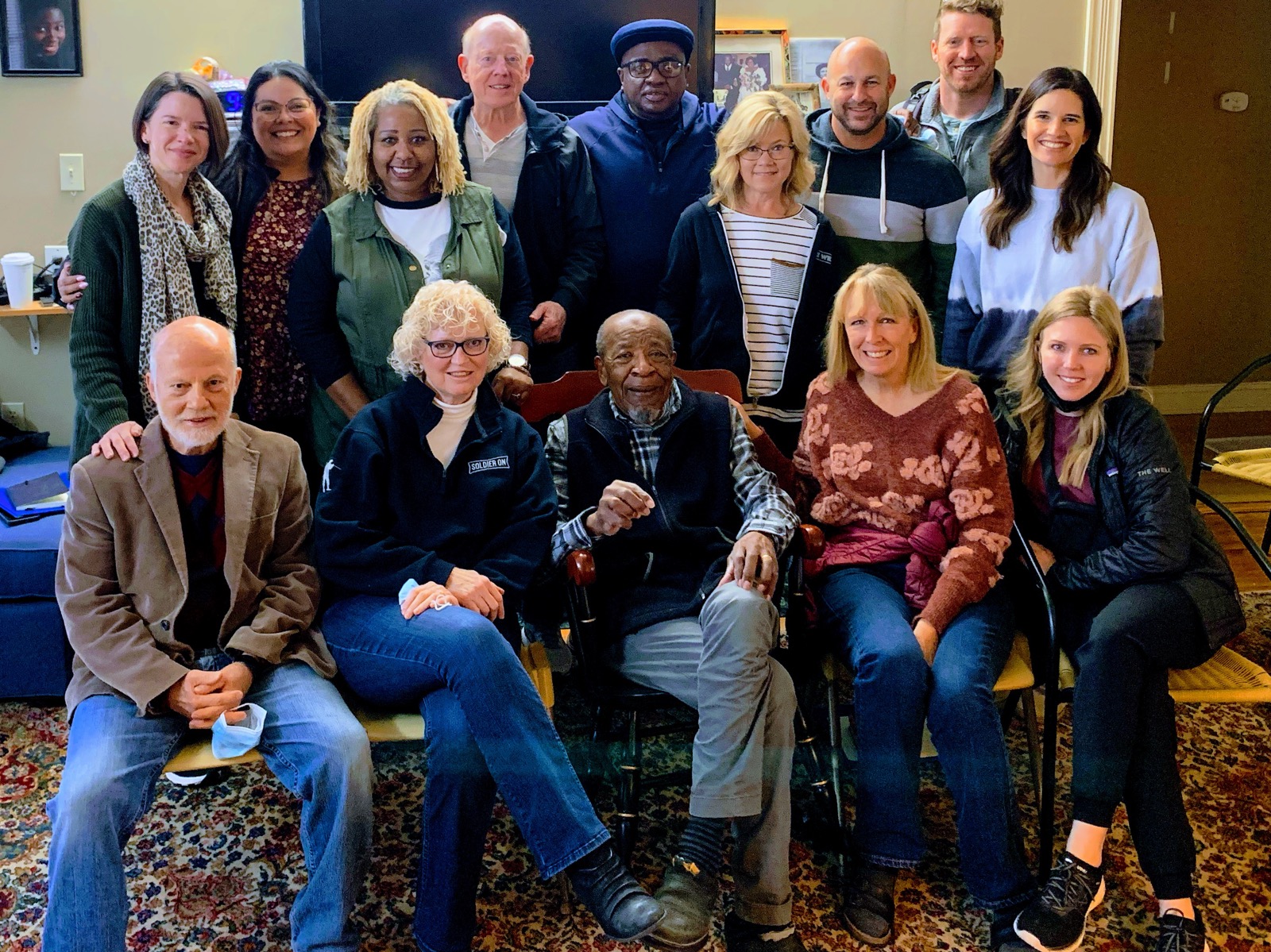This February our team worked with The John & Vera Mae Perkins Foundation in Mississippi. The Perkins Justice Pilgrimage is a five-day institute on wheels. The pilgrimage included visiting Alabama and different landmarks that helped shape Dr. Perkins's theology. Each day offered a new location to explore and learn about John’s life that was shaped by imprisonment, suffering, and ultimately Jesus. This was The Well's first Exposure Trip with JVMPF.
Our Team

Brian King, Rosa Torres, Mallory Mueller, Erin Obwald, Andrew Feil, Mike Cirricione, Mary Ford, Vivian Donat, Jack Shiflett, Angela Truex
Our Itinerary
Day 1: John and Vera Mae Perkins Foundation. We had a smooth day of travel and a warm welcome tonight with ribs & beans for dinner and an introduction from Elizabeth Perkins, alongside Pastor Phil Reed and his wife Marsha. It’s going to be a great week.
Day 2: (morning) Wow! We started the day in John & Vera Mae Perkins’ living room. Followed up by Drs. Dolphus & Rosie Weary (I Ain’t Coming Back), Chandra Roby (Mission Mississippi ), and Pastor Phil Reed (Biblical Justice).


(afternoon) We had a small tour of Jackson, MS on our way to Mendenhall, MS which included the courthouse John Perkins was tried in for no actual offense. Elizabeth, Derek, and Phillip Perkins shared their personal experiences as we traveled. Their stories were chilling, excruciating, and shared with hope for change because of Christ. It is an absolute honor to be with each of them and hear about their lives. We met with Scottie Holloway (President of Mendenhall Ministries) and toured their renovated gym and visitor’s center. We finished up our evening with Prof. Ronald Potter (one of John’s sons-in-law) speaking on “Chaos or Community.”


Day 3: Road trip to Alabama. Kelly Ingram Park and 16th Street Baptist Church in Birmingham. Four young girls (3 of which were 14 years old and 1 of which was 11 years old) were killed in a bombing of this church. The girls were attending Sunday school. There were over 50 bombings between 1947-1965 targeted at people in the black community that it became known as “Bombingham”. We visited Bethel Baptist Church where Reverend Fred Shuttlesworth pastored and survived three bombings of his home next door to the church. What an amazing life and legacy of peace, love, and reconciliation. It was deemed a national historic landmark of the United States in 2005. We learned a great deal today from the church's current pastor, Tom Wilder.
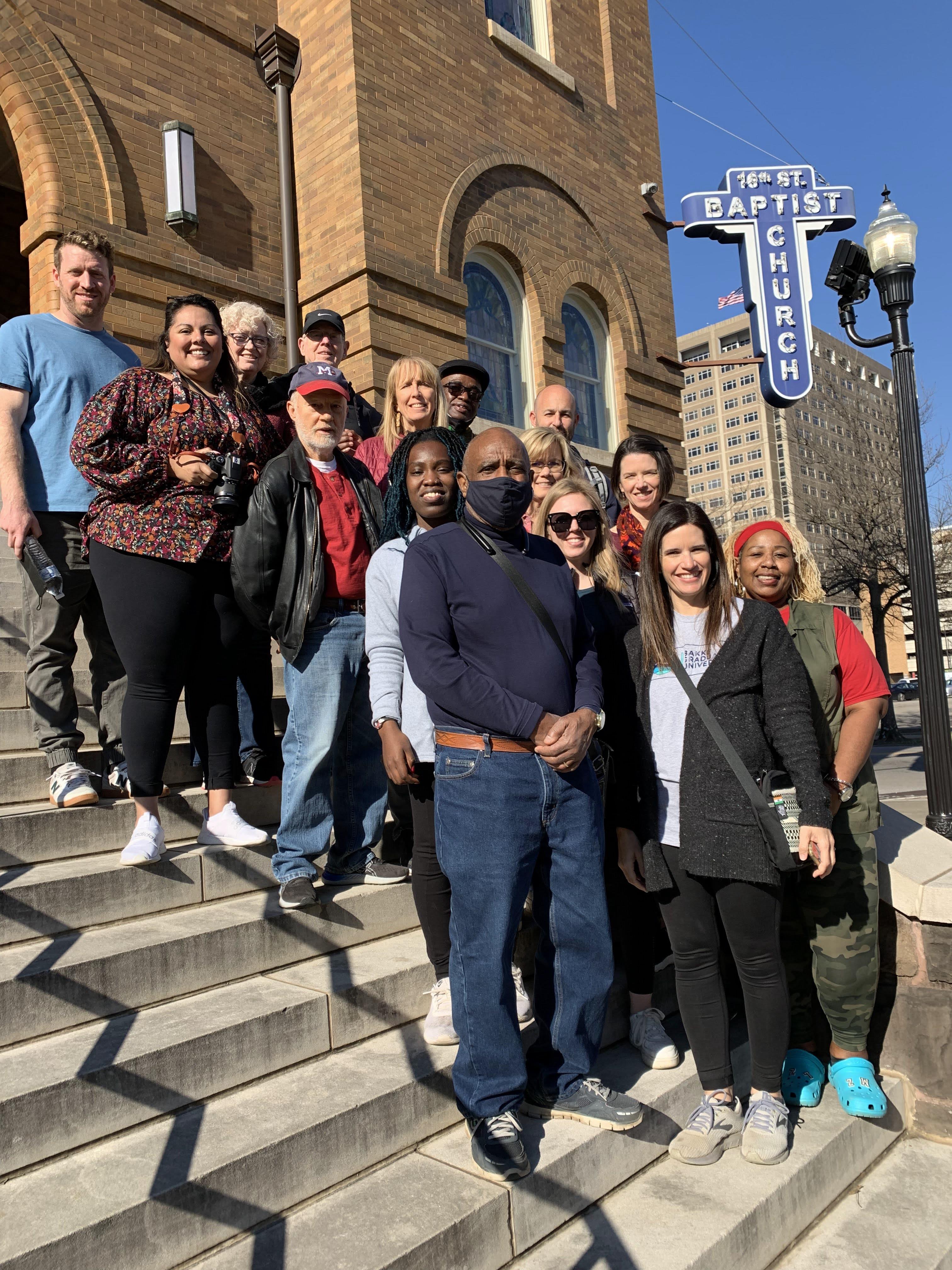

Day 4: The National Memorial for Peace and Justice (also known as the Lynching Museum) in Montgomery, Alabama. Each hanging (and laying) pillar lists the county and state with names of men, women, and children whose lynching was documented at least two times. Many, many more are undocumented because there are no records. There are over 4,000 names listed from 800 counties across the US. Two lynchings are listed from Kern County, California (1904 & 1912). If you think this is just a southern thing, you are sadly mistaken. The long black and white pieces are excuses for why some of the people were lynched.


Dexter Avenue King Memorial Baptist Church was the first church Martin Luther King Jr. pastored at just 25 years old. What a treat to hear from their historian. They still have the original pews (1889) and the pulpit from the years King served as pastor (1954-1960).
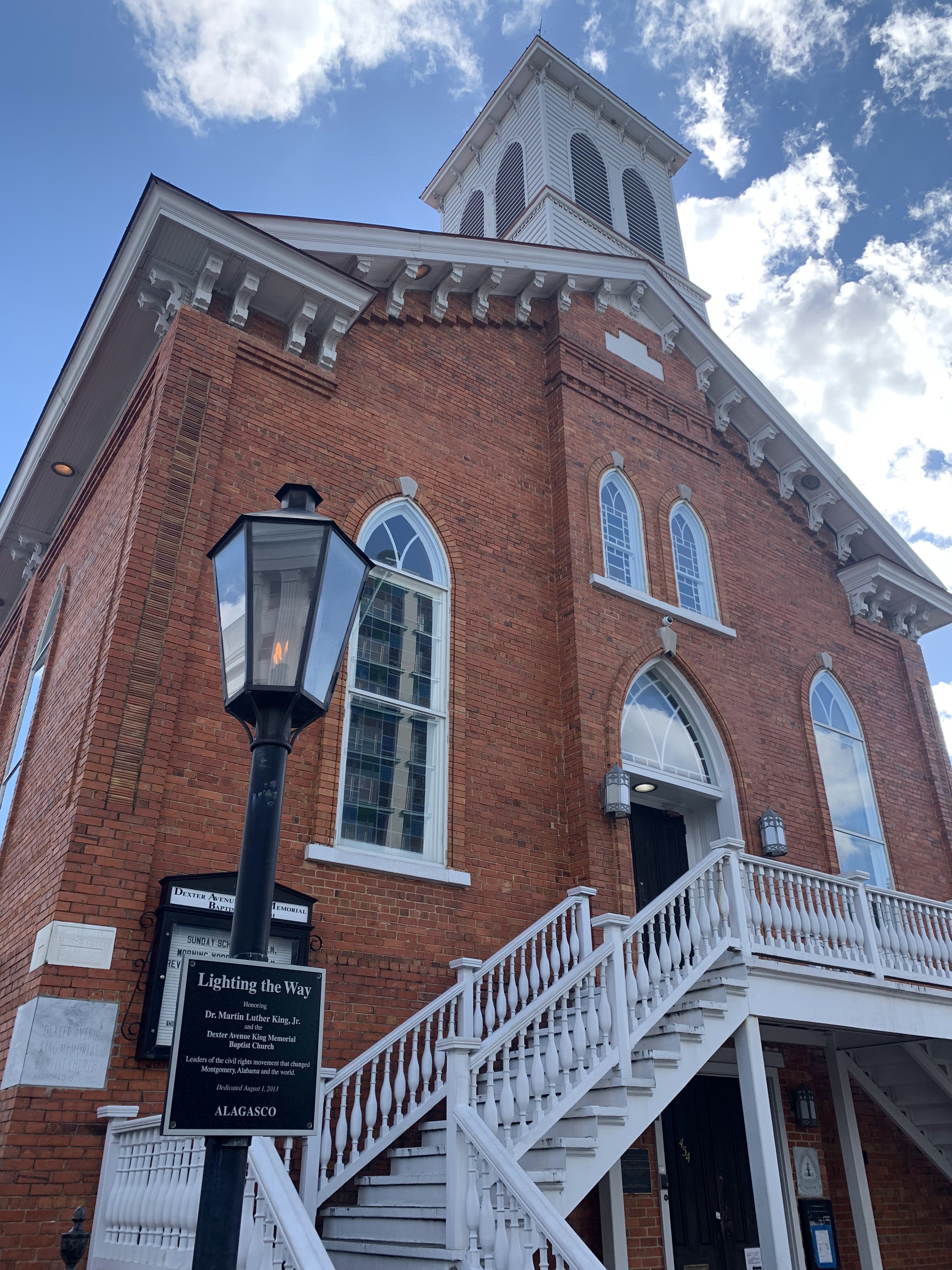
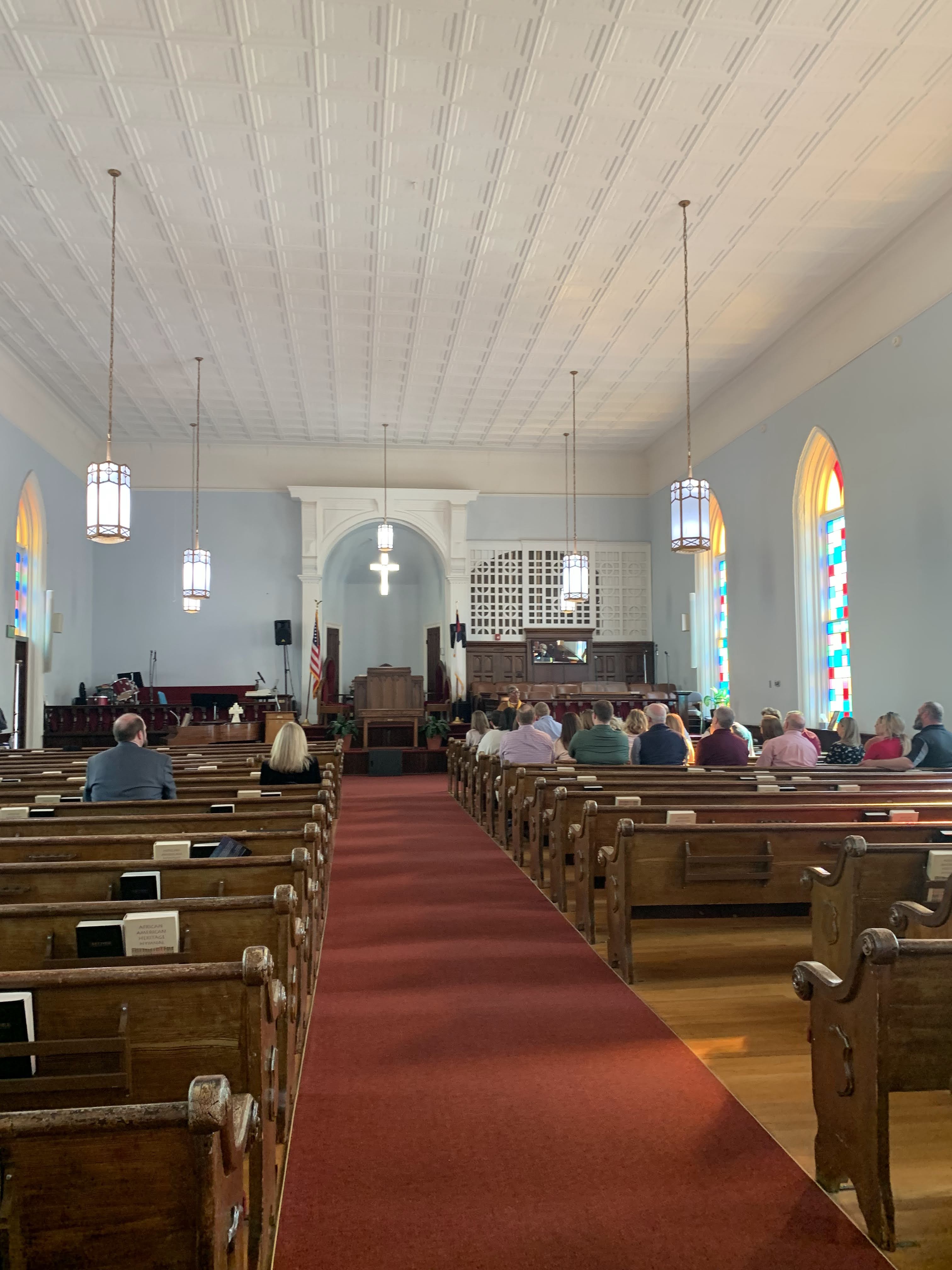
Day 5: (back in Mississippi) We toured the Civil Rights portion of the museum, heard from a Freedom Rider, and viewed Medgar Evers's family home where he was assassinated.
(afternoon) We walked the Edmund Pettus Bridge. Wow, I can’t believe we got to walk across that bridge. Holy ground.
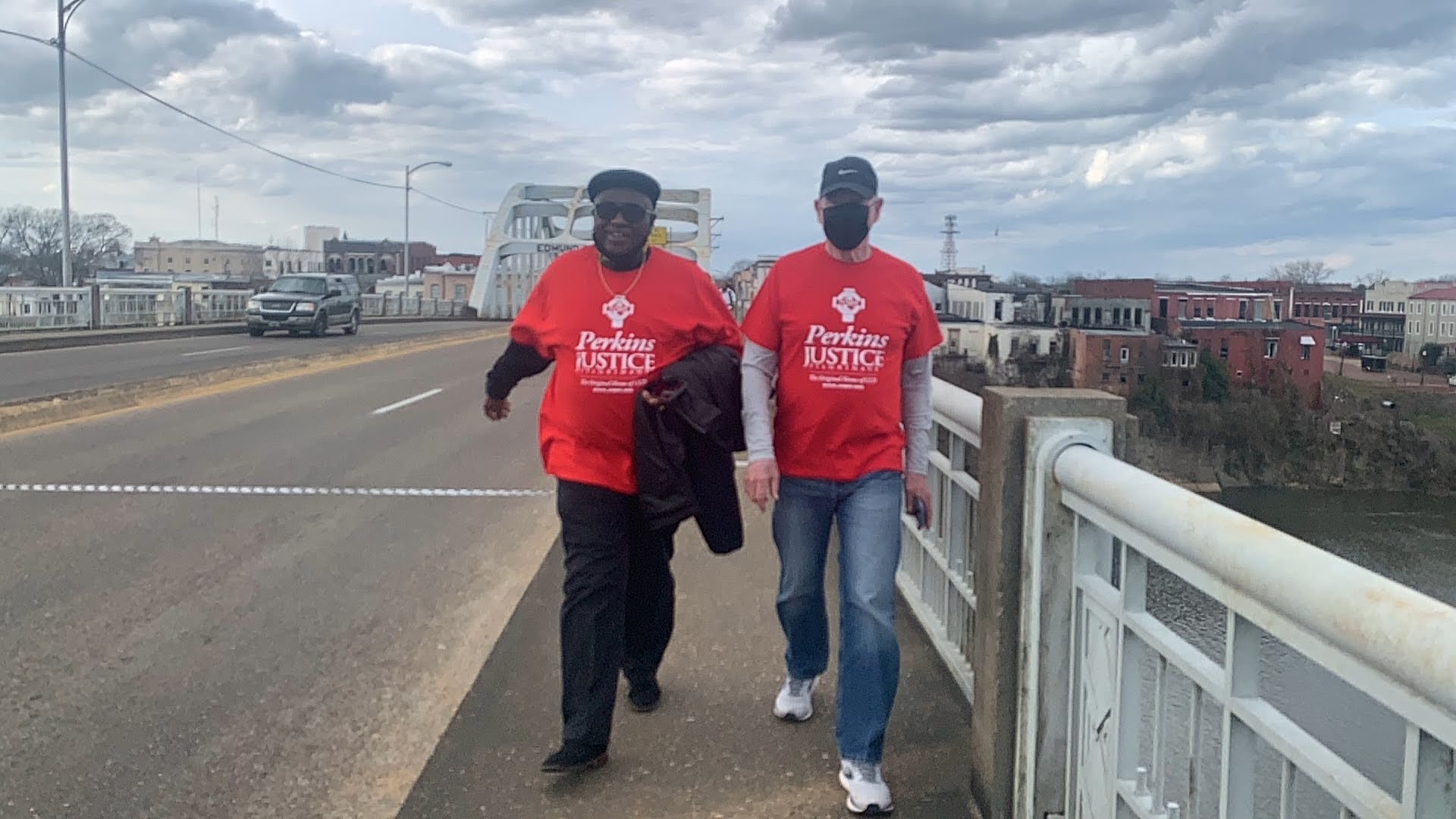

Days 6-7: We finished up our trip with a small tour of Jackson State University, Stamps Burger, and Cracker Barrel. Time to go home.
Stories of Mission
Join us at Stories of Mission at the North Campus on March 18th at 7pm to get a full recap of everything that the Lord did during our time in Mississippi. And if you are interested in going on an upcoming Exposure Trip, apply here.
